IoT Empowerment: Harnessing the Potential of Remote Asset Management Tools
The introduction of the Internet of Things (IoT) has revolutionized the process of asset management in multiple industries. The accuracy and connectivity offered by IoT have helped to leverage the hidden potential of technology. Real-time data insights, prompt actions on remote locations, and maximum asset utilization are possible thanks to the availability of IoT on a wider scale.
What is Remote Asset Management?
Remote asset management refers to the process of accessing and utilizing the assets or machinery of an organization without being present at the location. The process includes a systematic approach focusing on upgrading, operating, and maintaining the equipment or machinery in its entire life cycle. IoT helps to keep a continuous eye on the equipment to maintain it properly and increase its lifespan.
Objectives
Asset utilization:
Remote asset management ensures the assets are utilized at their maximum capacity. The maximum utilization of the assets helps to achieve the highest return on investment.
Increase Lifespan:
Asset management includes acquiring, upgrading, maintaining, replacing, and disposing of equipment and machinery. This extends their lifespan and minimizes the costs.
Efficiency Increase:
Streamlining the asset management process can help to enhance efficiency by reducing unwanted conditions such as reduction in downtime. IoT integration helps to increase the overall efficiency.
Safety
IoT sensor integration helps identify potential safety hazards by remotely maintaining assets. Increasing safety standards also helps in meeting tough regulatory compliances.
Reduced Costs
Identifying issues in equipment prevents unwanted breakdowns and maintenance-related expenses, leading to the final outcome of increased efficiency and reduced cost.
Analytical Approach
IoT works on the cloud and updates the data in real-time, this method provides an analytical approach in decision-making. Compared to manual prediction, IoT can help to make informed choices.
IoT Suite of Sensors – Types, Uses, and Examples
IoT Sensors
Sensors are the most important part of the process to initiate remote asset monitoring. IoT sensors can be integrated into the existing machinery and equipment to make them future-ready. There are multiple types of sensors that can be used depending on the requirement. The current generation of sensors includes Temperature, Gyroscope, Humidity, Accelerometer, Sound Sensor, Smoke Detector, Pressure, IR Sensors, and Camera.
RFID Tags
Radio Frequency Identification (RFID) tags are tiny circuits that can transmit frequency to an RFID Reader. RFID tags reduce the manual identification of particular properties.
Cloud
Cloud platforms help to store information at the centre stage, so it can be used whenever required. Sensors upload the data directly to the cloud and it can be accessed or relayed as per the nature and requirement of the equipment.
Connectivity
Real-Time Connectivity is a must in the case of IoT sensor data transformation. IoT relies heavily on the internet to transfer data. The sensors use cellular or Wi-Fi networks for connectivity.
How does Remote Asset Management Work?
- Environment Data Acquisition
The first step in the process is to acquire data. The sensors collect data from the environment and transmit it to a central hub to give a deeper understanding of the environment. This step helps to learn about the bigger picture.
- Sensors
Sensors help to measure different parameters of the process. The suite of sensors helps to measure temperature, Humidity, Height, Sound, Smoke, etc.
- Data Processing
The gathered data goes for processing to reach a final action point. This step processes all the data that is gathered and passes it through different software to understand and quantify it.
- Action Trigger
Action Trigger is the action taken by algorithms. Sensors read the data and come up with suitable action points to trigger the right action that is suitable for the environment.
- Machine Learning
Machine Learning and Artificial Intelligence reads all the data to learn from it and recognize the patterns. This is a continuous process since the data flow never stops, hence machine learning keeps on learning and getting wiser with more data.
- Reports
Reports are the final stage of the process. Here reports are generated from the available data and action points. Reports generally help to make a decision that is supported by data. This approach makes remote monitoring different compared to the traditional method of monitoring.
Benefits
Asset Utilisation
IoT helps businesses to track assets’ real-time condition and optimise them for maximum efficiency. Utilising assets for their maximum capacity helps to increase the production output without being available on the site.
Asset Tracking
GPS (Global Positioning System) helps to increase the accuracy of locating assets and quickly relocate in case of any mishaps such as burglary or misplacement.
Predictive Maintenance
Predictive maintenance always helps to bring down the maintenance cost and increase the lifespan of the machinery. The patterns recognized by machine learning look at the period where efficiency is low and schedule repairs/maintenance in such a way that total production is never harmed.
Streamlining Operations
IoT sensors can help streamline the operation process by eliminating manual interference. The timely actions help to maintain a smooth operating process.
Smart Decision Making
The business can make analytical choices by looking at the data. IoT Remote Asset Management Tool allows organisations to harness the power of vast data and learn from it.
Reduction in Cost
Enabling IoT sensors in the existing machinery can help reduce the maintenance and management of the asset by handling it remotely. The advantage adds up when less manpower is required to manage a greater number of equipment.
Scale of Operations
The scale of operation can be widened by tuning with the latest technology. The enhanced efficiency and remote asset management can help to replicate the same methodologies at multiple locations increasing the scale.
Enabling IoT in assets empowers the efficiency of equipment and helps them to achieve maximum output level. The remote management facility also helps reduce cost multiple folds thanks to the offered technology. IoT dramatically transforms the asset management process thanks to its data-driven analytical approach.
Related Articles
If you enjoyed reading this, then please explore our other articles below:
More Articles
If you enjoyed reading this, then please explore our other articles below:




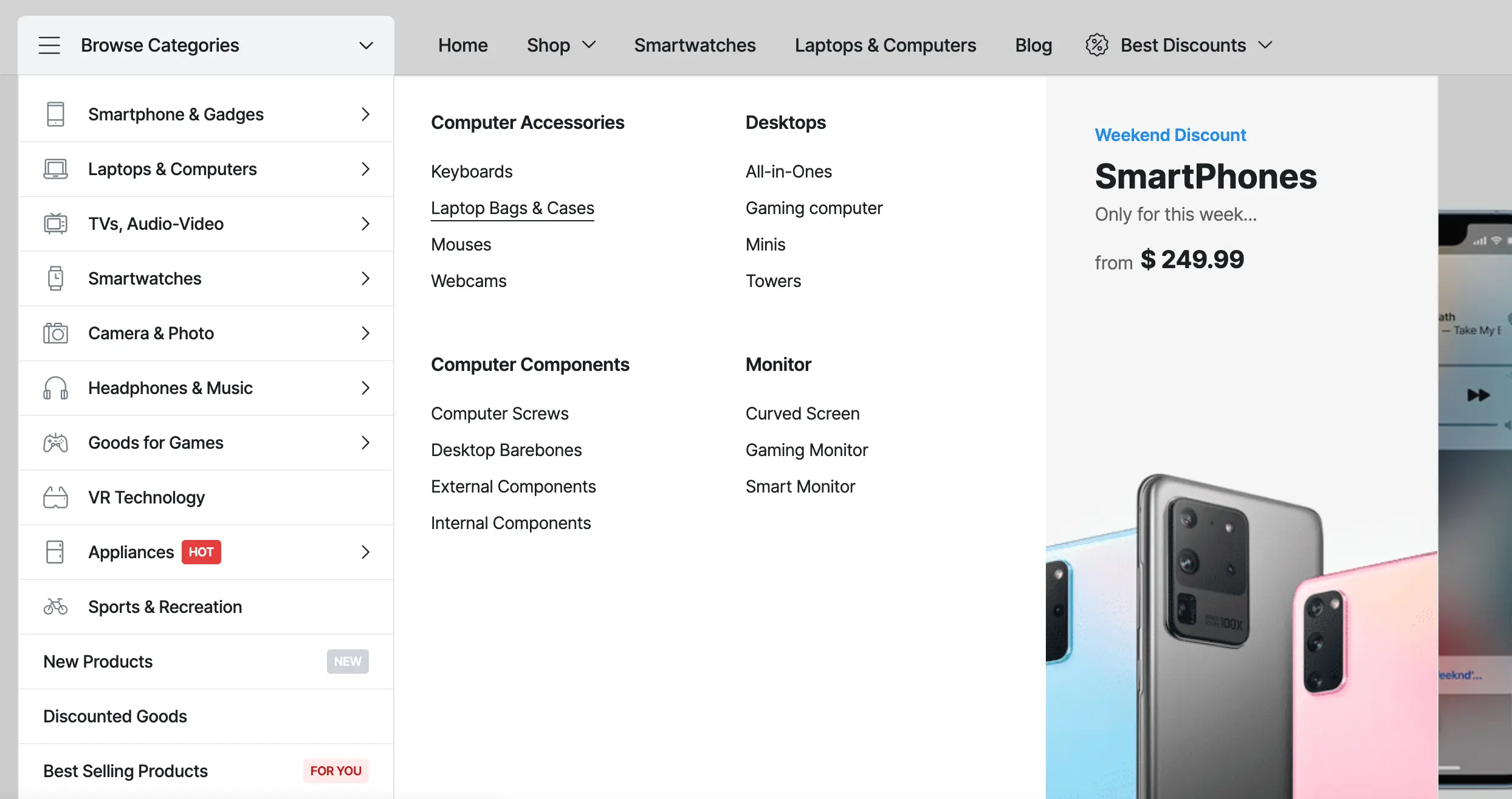



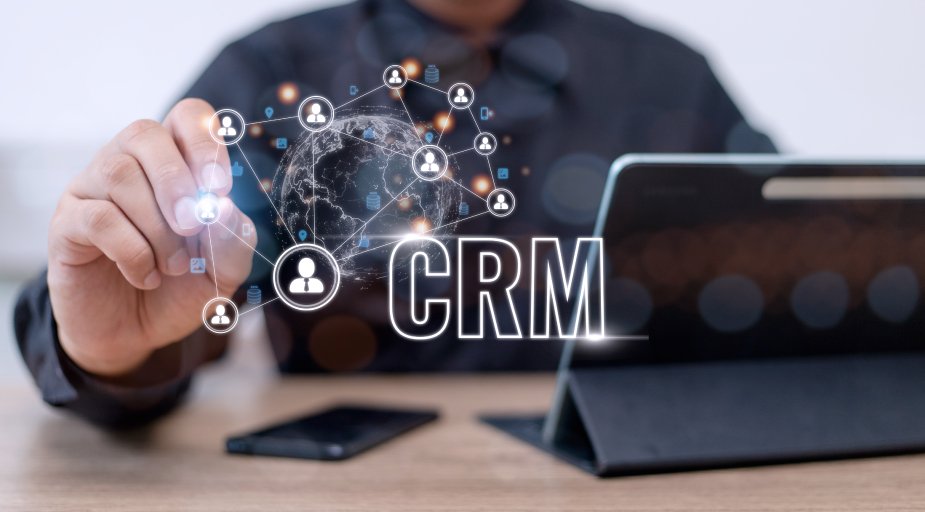



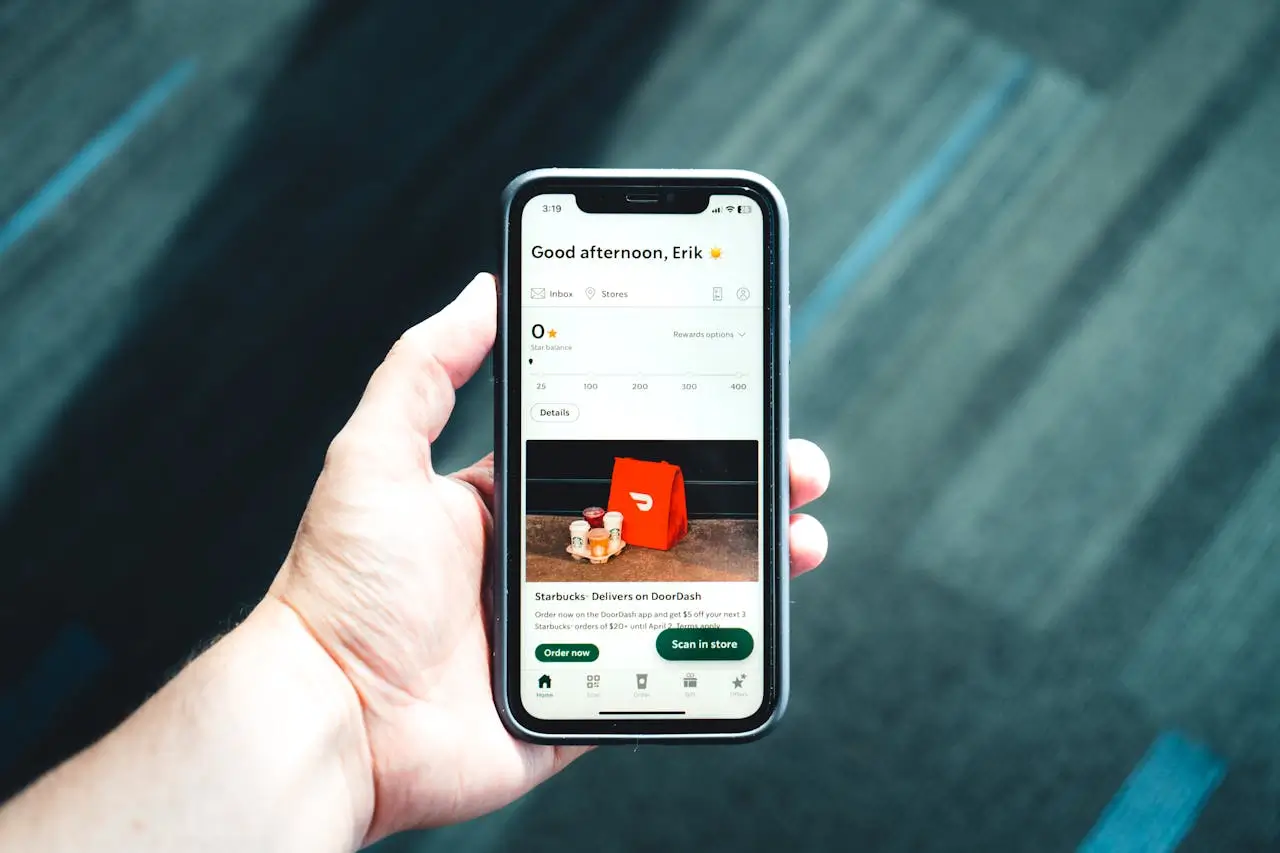

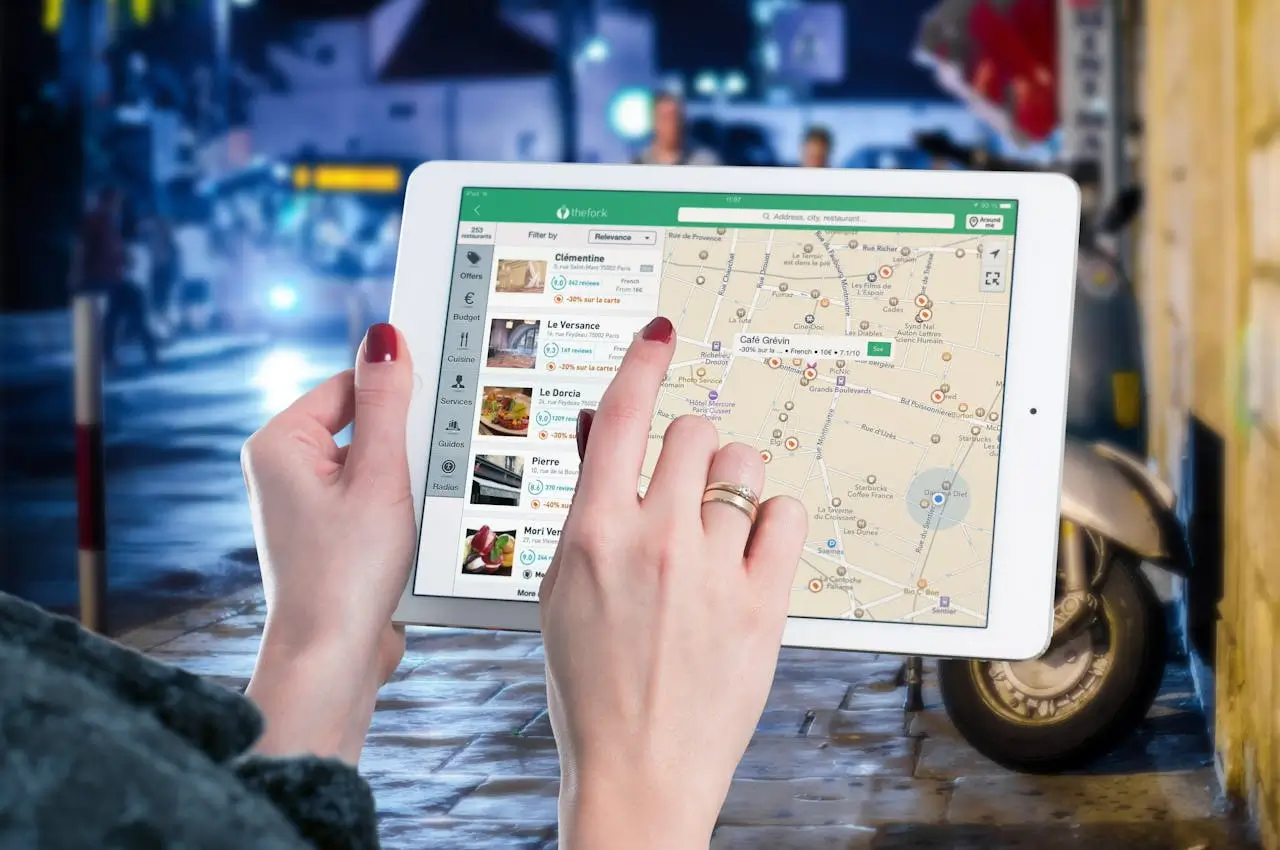





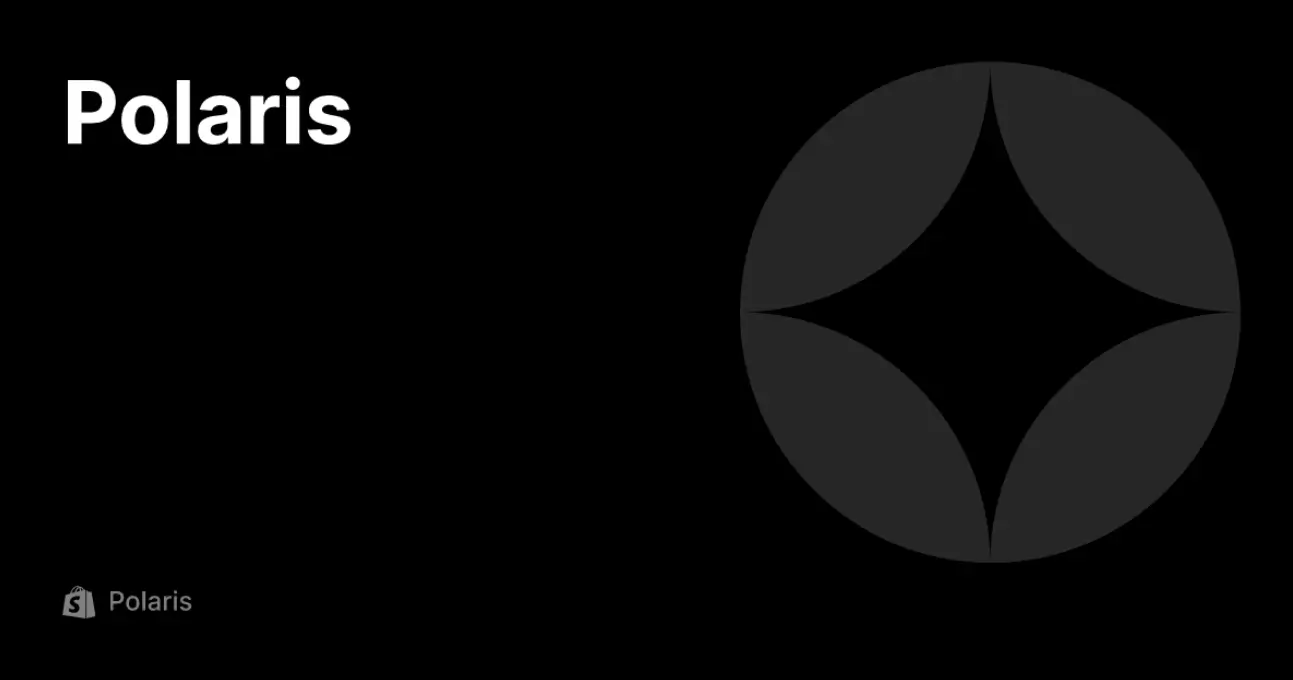
 2019-2025 ©
2019-2025 ©